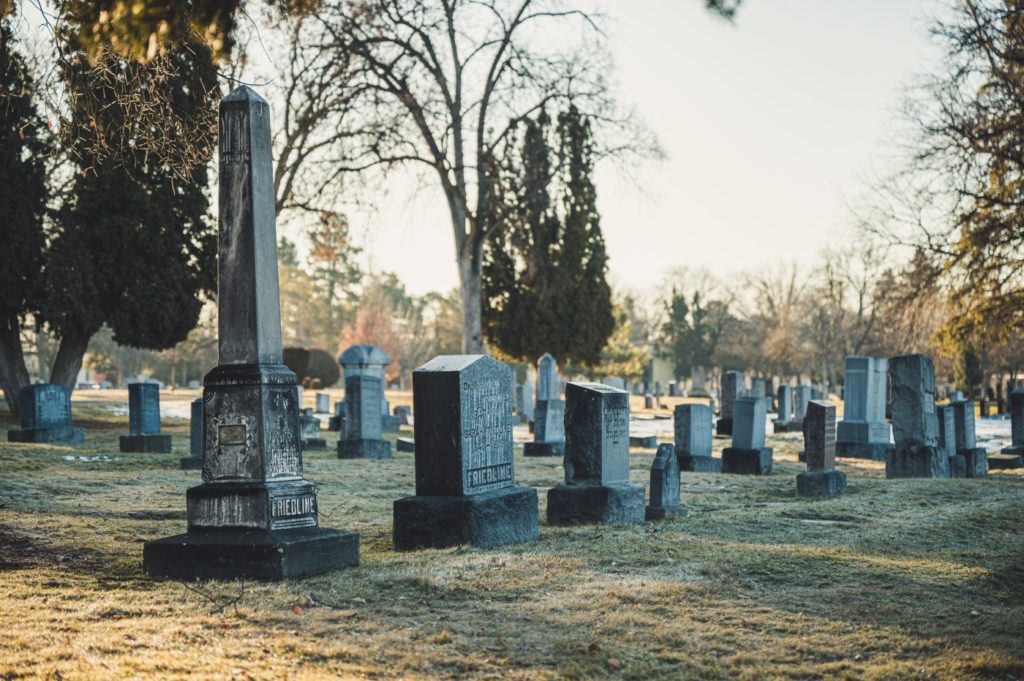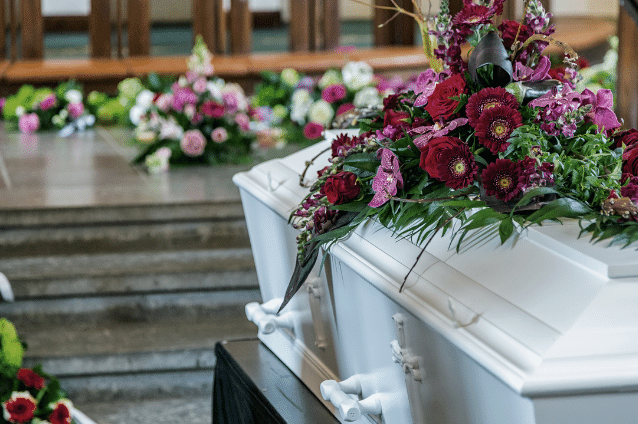Select text for the monument
For many, the death of a friend or relative is one of the most difficult things to experience in life. If you are also a close friend or relative of the deceased, and have been selected as a burial right holder, there are some responsibilities that can make the situation feel even tougher. In a period of grief, it can be perceived as stressful to plan a burial site. Therefore, we at Peaceyard want to help and make this trying time a little easier. In this article, we have gathered inspiration regarding the choice of text on the stone. Our entire offering is based on an idea of enabling people to design and create personal tombstones – therefore this is a topic for which we feel an extra great commitment. We help people daily to create personal memorial stones, let us help design your tombstone as well.
Are there any guidelines?
There is really no “right or wrong” when it comes to choosing what should be on the stone. However, congregations and cemeteries may have their own directives and guidelines regarding which types of tombstones they consider to have an acceptable appearance or not. Often there are no worries, but what could make a church deny a stone is if the design is particularly startling or provocative. But if you know that the tombstone you intend to design will deviate from the norm and what you usually see in a cemetery – we recommend that you first reconcile the design of the stone with your parish.
Traditional text
What has been most common to write on the stone is of course the name of the deceased. The name is often followed by the year in which the person was born and then also the year in which the person passed away. How to choose to design it is up to each one. Some choose to print the complete date with both date, month and year while others are content with only year.
In addition to names and years, there are also some common phrases to use on the stone, both before and after the deceased’s name. Below we list some of the most common phrases:
Our beloved ..
You miss us
Always in our hearts
Loved and missed
Here rests ..
Beloved grandmother, mother and sister ( for example )
Always loved, always missed and never forgotten
In the past, it was also common to write with the deceased’s profession on the stone. For example “Doctor ..” or “Farmer ..”. On the other hand, it is something that occurs less and less and has instead been replaced with more personal attributes and greetings.
Quote
As previously mentioned, it has become increasingly common to design stones with a more personal connection to the deceased. In the past, the text on the stone was often kept short and concise – often only the name and date. Now you want the stone to reflect the person in question, which can be done in several ways – for example through a quote. Was there any meaning or motto that the person often said or lived by? Alternatively, perhaps a poem or lyrics that were extra close to the person’s heart? Why not let a paragraph or shorter excerpt that you associate the person with adorn the memorial stone and let the person be reproduced and reflected through their memory space.
Do not forget the purpose of the stone
It is easy to get caught up in thoughts about how the deceased person himself would have wanted his own tombstone to look and be designed. Creating a stone that is in line with what the deceased himself would have wanted is of course great if you have the conditions. Unfortunately, it is not always possible to have the opportunity or knowledge to realize it, which can put a dent in the wheel for the burial right holder. Therefore, we would like to remind you that the burial site is actually a place intended for relatives to remember the deceased. So do not let the thoughts of how the deceased himself would have wanted the stone to look take too much of your thinking power – instead think about how you remember and look back at the person and let it permeate the place and stone.















